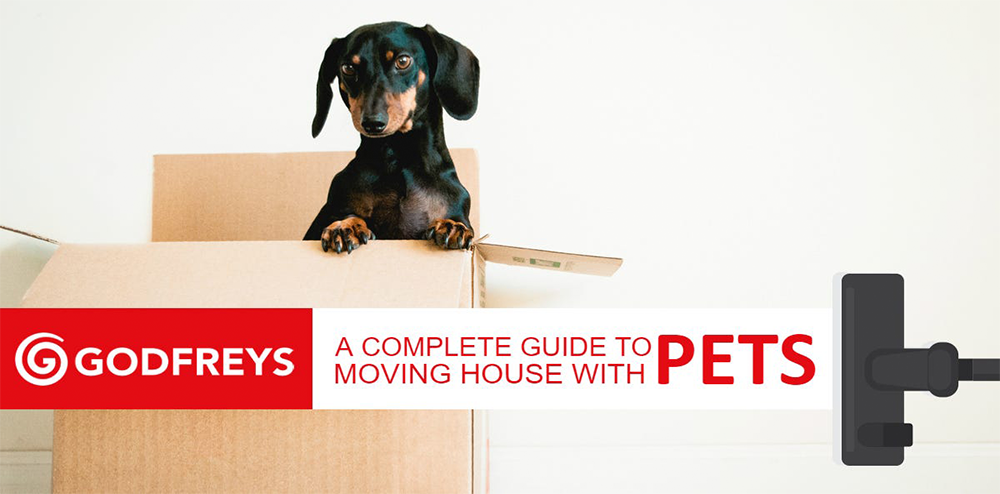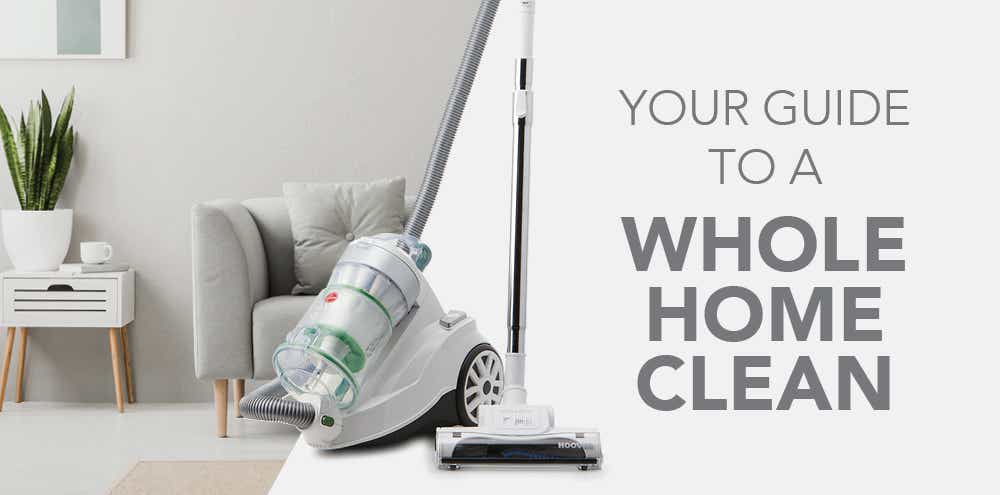Moving is stressful for everyone involved – including the fur kids. And unlike their humans, they can’t understand why their home life and routine has become so disrupted. Among the chaos and uncertainty, it’s easy for pets to feel displaced and for anxiety to arise.
When moving house with your dog or cat (or bird, hamster, lizard…whoever is part of the family!), you need to give them extra love and attention to help them adjust to their new environment.
We enlisted the help of veterinarian and founder of i-Vet (the world’s first virtual veterinary clinic), Dr Sue Samuelsson, to provide moving house tips to keep your pets calm and happy from start to finish.
WHY PETS GET STRESSED BY A MOVE

Not unlike their human owners, cats and dogs are creatures of habits. They’ve taken time establishing their home and familiarising themselves with the surrounds. This makes any change from their routine difficult.
Moving with pets means they have to completely reorient themselves to their new environment.
“Change is always frightening,” Dr Sue says. “There will be new sounds, new smells, different plants, new neighbours. All of this change can be quite daunting to our pets.”
SIGNS OF CAT AND DOG ANXIETY AFTER MOVING
Pets can express stress in a number of ways. Dr Sue explains these can vary from destructive and aggressive behaviour to inappropriate toileting, hiding, or sometimes even running away. Keep an eye on your pet’s behaviour once you’ve moved in and take note of any changes – it’s quite common for cats and dogs to exhibit anxiety by becoming more reserved or going off their food.
In some circumstances, Dr Sue states these contributing stress factors can have serious medical consequences.
“Some cats will develop problems toileting and either become blocked in their bladder or get blood in their urine.”
WHAT TO DO BEFORE THE MOVE

Whether your pet suffers from anxiety or not, you should begin preparing them for the move days in advance.
Animals are clever. They’ll pick up on the change of atmosphere when you begin to pack up furniture, declutter spaces, and start deep cleaning.
Try to stick to their usual feeding and walk times as much as possible, even if it means having to cut their walk shorter than usual. A good play session can do wonders for alleviating stress for your dog.
“Keep any cat or dog crates out in view well before the move, and get them accustomed to it beforehand,” Dr Sue suggests. “It’s not going to help putting them in a cage for the first time the day of the move.”
Remember to pet-proof your new home before your fur-baby arrives. This includes:
- Removing any poisonous plants from the garden
- Checking the fence is secure
- Checking the house for any potential escape spots
- Removing any potential hazards from the home
- Ensuring all electrical cords are out of reach
- Designating spots for their food, water, bedding and/or litter tray.
If you know your pet might find moving particularly difficult, book an appointment with your vet a few days before the move to find out if anti-anxiety medication could help keep them calm.
WHAT TO DO DURING THE MOVE

Moving day will be packed with commotion, so you some might find it’s easier to take them to a pet daycare or a friend’s place for the day – preferably somewhere they’ve been before. Otherwise, keep them out of the action as much as possible, and make sure they have identification tags on them.
Make the car ride to the new home as comfortable for them as possible. Pets secured in a crate might prefer a blanket thrown over the top to help darken their surroundings so they can sleep.
Their food, toys and bedding should be packed in the one suitcase and be easily accessible so you can set everything up for them before they arrive. Having familiar items in the new home will help them settle in more quickly.
Dr Sue also recommends the use of pheromone sprays, collars and diffusers. These are natural stress relievers that can help calm your pet before, during and after a move.
WHAT TO DO AFTER THE MOVE

Once the moving truck has been unloaded and you’re officially moved into your new home, try to spend as much time with your pets as possible. Get them straight back into their regular routine of meals and walk times.
Dr Sue suggests the following steps to help them settle into their new surroundings:
- Place some of your clothes on their bedding so it smells more familiar.
- Keep your pet inside or supervised outside until they seem comfortable.
- Ensure you place extra water bowls around the home so they can always find water.
- Play music while you’re out to block out unfamiliar sounds.
Dogs in particular might not be comfortable being left alone in an unfamiliar environment. Once they’ve had time to settle in, start by leaving them alone for short periods of time (just 5-10 minutes), and work your way up to longer durations.
Even if you’ve moved just a street away, your pet will need their identification tags and microchip updated to reflect the new address. And if you’re moving out of your area, you’ll need to find a new local vet, and ensure they have your pets’ details on record.
WHAT IF THEY STILL AREN’T COPING?
It might take some pets a couple of weeks before they completely adjust to their new surroundings. However, in some cases, time isn’t enough.
“If it’s been several weeks and your pet is still afraid to go outside, off their food or just out of sorts, they may need anxiety medication,” Dr Sue says. “Talk to your veterinarian, and they can guide you if this is appropriate.”
Pets are part of the family and it’s important to make sure they feel comfortable in the new home. If they don’t seem to be coping with the move or being alone, they’ll need additional support. Consult with a vet so they can devise a treatment plan to manage their condition.
Want your new place to stay free of fur and unwanted pet smells? It’s not as impossible as it might sound. These cleaning hacks will help pet owners keep their home in tip-top shape.





